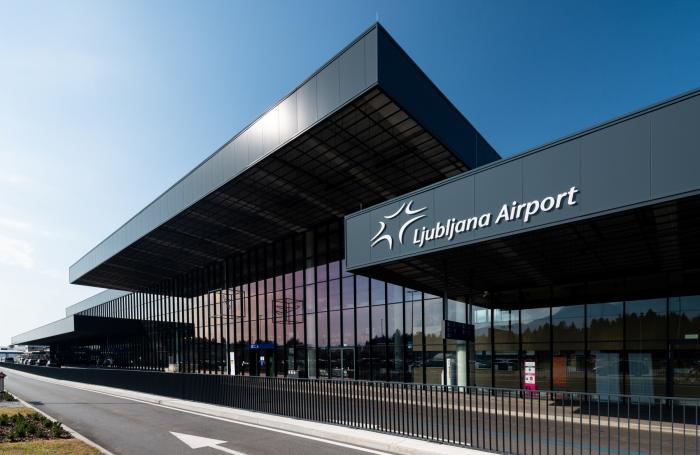According to Assaia, early results are showing the substantial difference in average ground delays for flights where alerts were acknowledged versus those flights where alerts were not acknowledged. The reduction in average ground delays is almost six minutes in the time period from January to February this year.
Claus Grunow, VP of corporate strategy and digitalization at Fraport, said, “We are optimising all our processes on the apron to shorten the time each aircraft needs to be on the ground, which benefits both our passengers and our airline partners. This is a common issue across our airports and we are talking to all of them about this technology.”
Turnaround Control is deployed at all critical gates at LJU, enabling the team to optimise operations in real time to improve turnaround efficiency, including allocating the right staffing levels based on actual events rather than planned timings. In addition, by tracking all activity over time, it provides the data required to streamline standard operating procedures.
Assaia uses a combination of computer vision and Artificial Intelligence to monitor every aspect of the turnaround. The resulting data is integrated into the airport, airline and ground handlers’ systems, providing real-time information through a dashboard, including tailored alerts, as well as reports which highlight areas for long-term improvement.
Christiaan Hen, CEO of Assaia, said, “We help airlines, airports and ground handlers improve their turnaround performance by ensuring all the protocols are followed correctly and that those protocols are highly efficient. While our key focus is on-time performance, safety and sustainability are also both important. For example, alerts can show when a safety protocol is being breached. And we can track when auxiliary power units are turned off: keeping them on longer than planned can have a significant impact on carbon emissions.”

